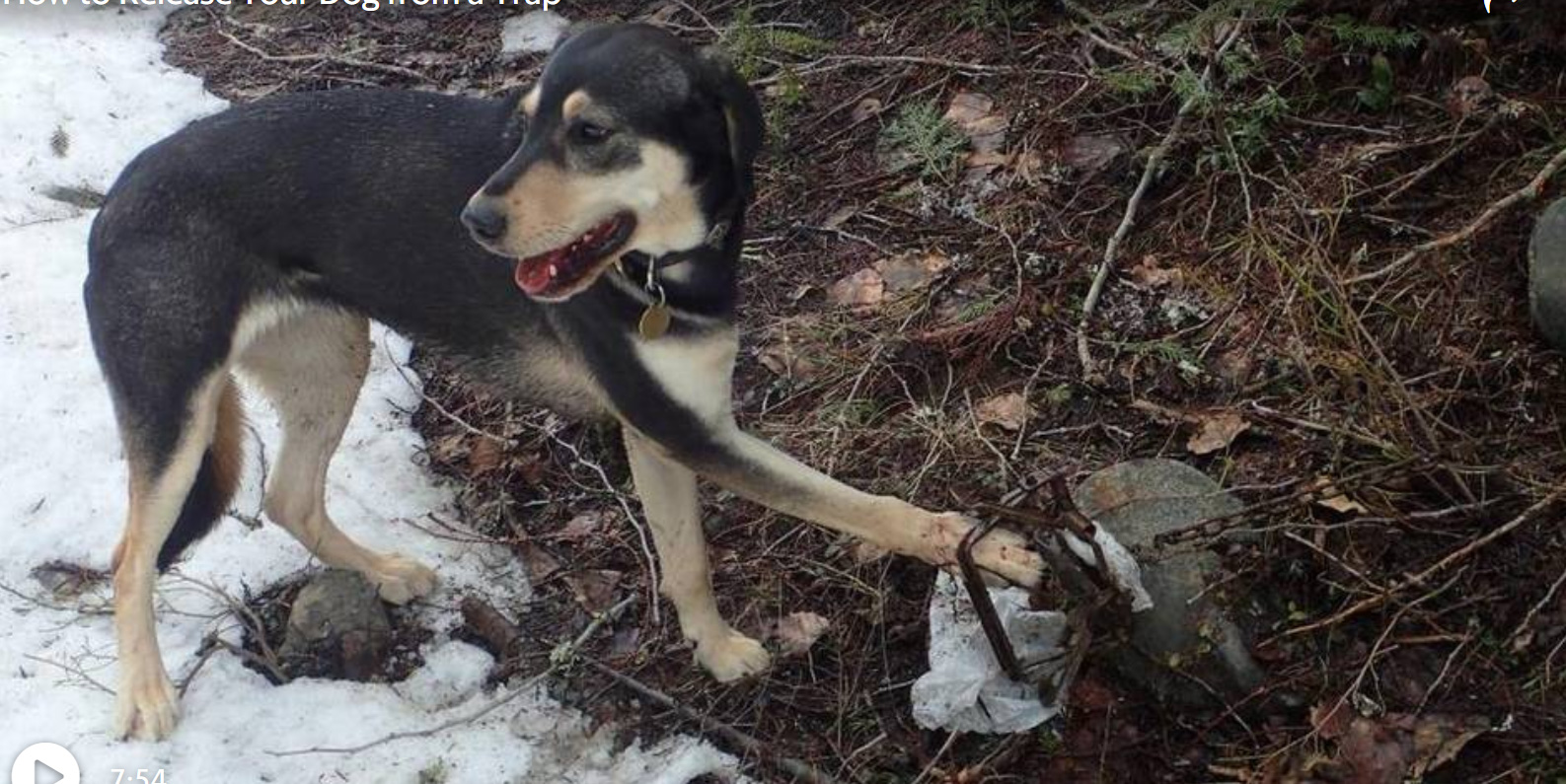Signs near Idaho wildlife traps
On Thursday, the Idaho Fish and Game Commission will decide on a petition that would require trappers to post signs warning of active traps nearby — a move that the petitioners say would save dogs from being caught in traps, and which trappers say would expose their trap lines to tampering.
The petition was submitted Feb. 12 by representatives for Living with Wolves, the Humane Society of the United States and the Idaho chapter of Great Old Broads for Wilderness. It asks that trappers be “ required to place signs at public trailheads and on public trails and campgrounds within 25 feet of traps and snares.” It also asks the Idaho Department of Fish and Game to place signs in “active wolf hunting areas” between April 1 and Aug. 30, which the petition said would protect humans and pets during the newly extended wolf hunting season. The commission will decide on Thursday whether to approve the petition for rulemaking negotiations.
TRAPPERS SAY SIGNS ON TRAP LINES WOULD BE A BURDEN
Current Idaho regulations for trapping require traps to be set a minimum of 300 feet from paved trails and a minimum of 10 feet from the edge of an unpaved trail. But signs declaring the presence of traps are not mandatory, though Idaho Fish and Game has a sign template available for use on its website. Suzanne Stone, one of the petitioners and co-founder of the Wood River Wolf Project, said adding signs to trap lines should be simple enough
“It’s not a big ask,” Stone said in a phone interview. “It shouldn’t be a difficult thing for someone to do.”
Rusty Kramer, the president of the Idaho Trappers Association, disagrees. Kramer said placing signs on an extensive trap line could easily become expensive and time-intensive — not to mention, it might serve as a tip-off for those who wish to tamper with traps, Kramer said.
“I could see a signage just being a way for someone to really get harassed,” Kramer said.
In a written response, Idaho Fish and Game staff recommended against adopting the petition, and Toby Boudreau, the department’s wildlife bureau chief, echoed some of the same concerns about tampering that trappers have raised. Boudreau said illegal trap theft or tampering is a regular issue in Idaho despite carrying a fine of up to $1,500.
“There’s costs and benefits of putting up a sign,” Boudreau said in a phone interview. “One person is going to be glad that they were informed there is a trap on this trail, or within 25 feet of this sign. … There’s the other proportion of people that would take it as an opportunity to go snap traps and potentially other nefarious actions, like stealing traps, which is a common thing that happens here in Idaho.”
Stone said the “hefty penalty” for tampering should be enough of a deterrent, but she also said traps could be difficult to locate, even with signs declaring their presence.
“Those traps are hard to find, especially the ones that are buried or covered by debris,” Stone said. “Even the wire snare traps are hard to see. A lot of those things get left out year after year because even the trappers can’t find them again.”



